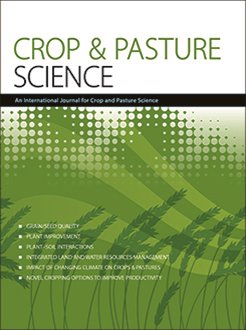Context Brazilian livestock contributes significantly to pasture-based global animal protein production, but faces economic and environmental challenges due to unsustainable practices. Silvopastoral systems (SPS) offer a promising solution to these issues.
Aims This study aims to assess the impact of Tithonia diversifolia in a SPS with Urochloa brizantha cv. Xaraés (Xaraés grass) compared to traditional exclusive pasture (EP).
Methods The experiment was conducted using a completely randomized design with eight paddocks (four EP and four SPS with T. diversifolia), grazed by Santa Ines male lambs across six stocking cycles. Herbage biomass production, morphological composition, and nutritive value, animal stocking rate, and proportion of T. diversifolia intake using δ13C were evaluated.
Key results Xaraés grass biomass production was unaffected by the presence of T. diversifolia in SPS. SPS with T. diversifolia accumulated more total herbage biomass and greater nutritive content than EP. However, Xaraés grass in SPS showed a reduction in leaf fraction and increase in stem and fibrous fractions. T. diversifolia constituted 42.7% of the biomass in SPS, while only 13.74% of fecal carbon originated from it.
Conclusions SPS with T. diversifolia produces a greater total herbage biomass than EP, but negatively affects leaf fraction and nutritive value of Xaraés grass. Lambs showed a preference and selective intake for Xaraés grass over T. diversifolia.
Implications Integrating T. diversifolia in SPS can increase herbage biomass, but careful management is necessary to preserve nutritional quality and minimize lamb selectivity.






